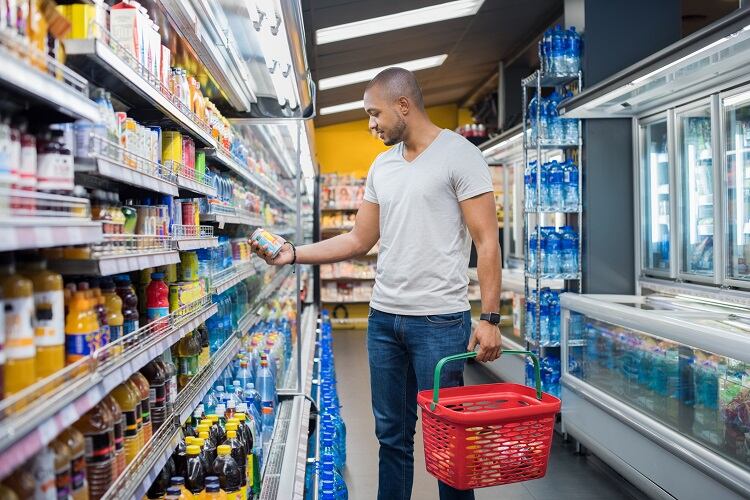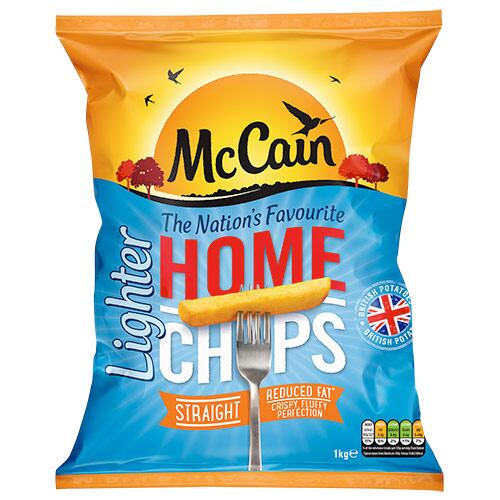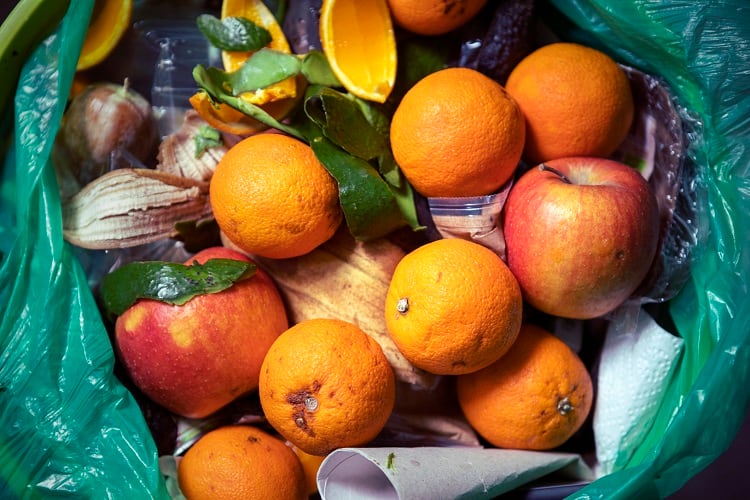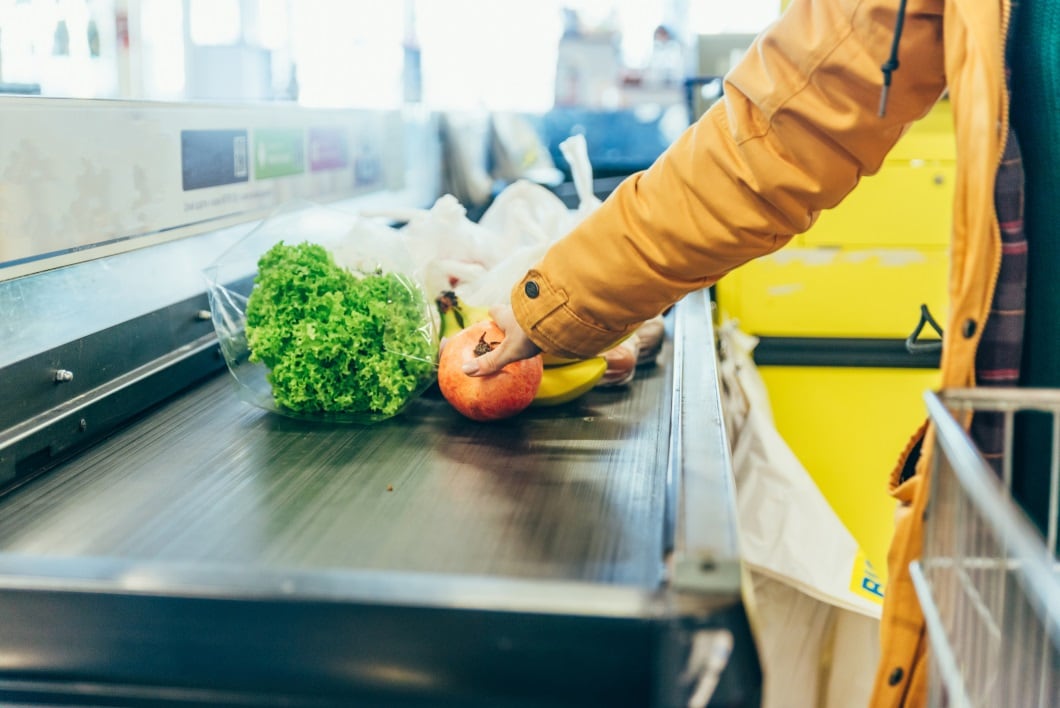Last year, food majors Danone, Nestlé, McCain, Tesco, Sainsbury’s, and Co-op, among others, kickstarted a series of interventions in Lambeth and Southwark, London.
The boroughs were selected as a testing ground for 34 in-store initiatives, as they – as do many inner-city areas around the world – demonstrate significant inequalities between low-income and more affluent neighbourhoods.
Findings from these initiatives’ first year in practice have now been released. Some initiatives had a ‘really big effect’ on the healthiness of consumer baskets, said Oxford University’s Professor of Diet and Population Health, Susan Jebb, who told delegates during the Consumer Goods Forum’s (CGF) Sustainable Retail Summit, ‘is very encouraging’.
The Collaboration for Healthier Lives
The project, known as the Collaboration for Healthier Lives UK (CHL UK), was spearheaded by the CGF with the help of public health bodies, charities and academics. It is co-led by dairy giant Danone and supermarket retailer Tesco.
Its objective is to apply what was known in theory about what is effective to improve consumer diets, in a real-world practical setting.

“The CHL UK is a great example of the industry using innovative ways in order to help our customers make better food choices,” said Jason Tarry, CEO of Tesco UK & Ireland during the Sustainable Retail Summit yesterday.
“I’m really pleased with the team’s ambition in choosing two of the most challenging boroughs in London, Lambeth and Southwark, where health inequalities are really evident.”
CHL UK focuses on changing consumer behaviour by changing the store environment, with the ultimate ambition of delivering three goals: to increase consumption of fruit and vegetables, switch to better alternatives, and to reduce the calories eaten for products and categories outside of Public Health England’s (PHE) Eatwell Plate.
“To enable that, we’ve removed, from the 35 convenience stores that we have in Lambeth and Southwark, [promotional] displays of impulse products, we’ve swapped our promotional ends to have only healthy alternatives on them, and we’ve introduced more fruit and vegetables lines – particularly crop flushes that offer great value for customers,” explained Tarry.
‘Very encouraging findings’
A total of 34 interventions were trialled, including changes to pricing and promotions, availability, choice architecture, shelf and nutritional labelling as well as social feedback techniques – all in-store.
“We firmly believe that many dietary habits, whether we’re talking about health or sustainability, start in the grocery store,” said Oxford University’s Jebb, “because [once] at home, it’s pretty likely that it’s going to be eaten.”
Jebb and her team analysed the first CHL UK results in a report titled ‘Can Supermarkets Turn the Tide on Obesity’, revealing some ‘very encouraging’ findings. The report was published by the CGF and Guy’s and St Thomas’ Charity.

In the first year of the pilot, 13% more fruit and vegetables were sold, 19% less fried chips were sold and substituted for a healthier baked variety, and 22% fewer packets of confectionery entered shoppers’ baskets.
Jebb highlighted two headline results of note. The first concerned an intervention that removed chocolate confectionery from prominent locations in Tesco stores – primarily at the end of aisle. This intervention yielded the ‘biggest effect we’ve seen’, recounted Jebb.
The intervention saw a 22% net reduction in purchases, compared to control stores – after having adjusted for seasonality and other confounding factors. “That’s a really big effect,” said Jebb, and “very encouraging”.
The academic added: “Where these less healthy products are positioned really does impact on sales.”
Reflecting on its learnings from this intervention, Oxford University suggested that greater regulation to ensure parity across businesses could mitigate commercial risks.
Another intervention of note was designed to reduce purchases of ‘less healthy’ products.
McCain introduced a healthier frozen chip alternative into 35 Tesco Express stores in the two boroughs. McCain Home Chips Lighter contains 4% less fat, equating to 53% less fat and 13% fewer calories per portion than their regular recipe.
Over the intervention period (January to September 2019) and when compared to the same period in 2018, intervention stores sold an average 28% fewer packs of standard chips per week. This was 19% less when compared to control stores, which the report noted was a ‘statistically significant difference’.
“This data strongly suggests that some people switched from the regular to the lower fat chips, as well as attracting some new sales into the category,” explained Jebb.
If switching behaviour has occurred, this could equate to those customers saving a combined total of approximately 700 kcal, 455g of fat and 70g of saturated fat from customer shopping baskets every week. Oxford deemed this intervention to be a success both from an impact and commercial perspective.
‘In-store marketing is very influential’
Not all interventions proved as promising. Social feedback interventions – whereby messaged placed on the shelf edge emphasised how many people buy healthier items, such as whole wheat pasta or fruits and vegetables – resulted in no increases in sales of those products. “Shelf-edge labelling to encourage switching to healthier options hasn’t made much difference,” Jebb reflected.
A positioning trial in Sainsbury’s, whereby the location of cereals within a shopping aisle was modified so that healthier offerings were at eye-level and the less healthy alternatives were at the top of the shelf, did not yield significant results.
“We know that price is a key factor in determining purchasing, and that packaging showing kids characters which is often used on less healthy cereals can also encourage purchasing,” noted the Oxford University researchers. “It’s likely that modest positional changes aren’t enough to overcome these drivers.”
During the Sustainable Retail Summit, Jebb told delegates that marketing can prove very influential in-store – and this, she believes, can be leveraged to help encourage change in consumer behaviour.
“The marketing that happens in stores is very influential on what people buy. And I think that challenge is, that to date, most of that marketing has been focused on increasing profit, and to be honest, it seems to meat at least, that that’s usually about selling more.
“But things are changing. The more progressive companies are beginning to think about triple bottom line accounting. And that gives us a real opportunity to see how we can do things differently.”
The next phase of CHL UK aims to see a growing membership base, as well as an increase in the number of trials deployed and scaled – both in geographical reach and its goals to incorporate sustainability.





